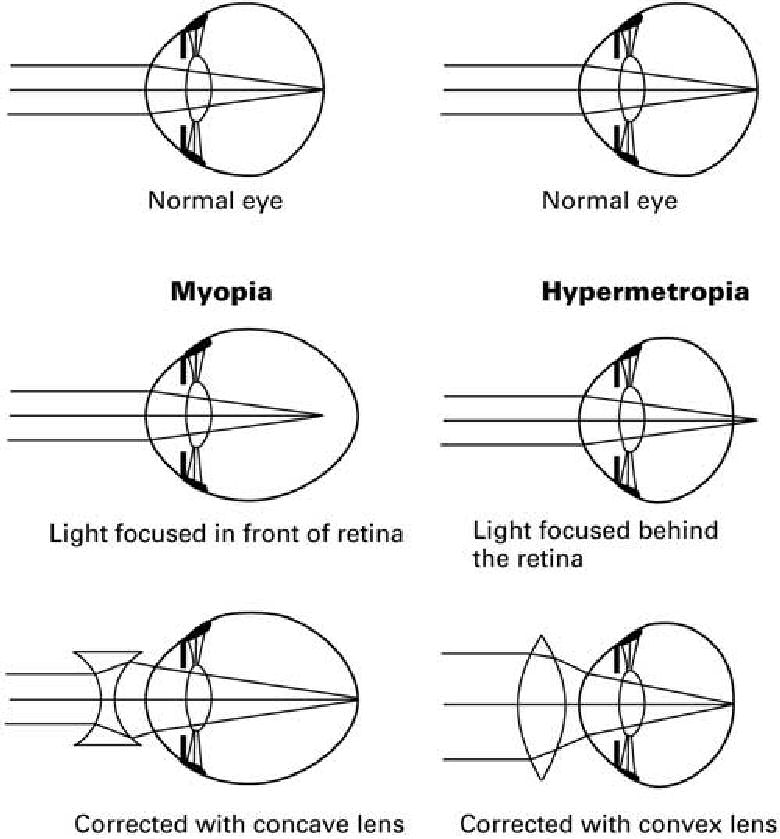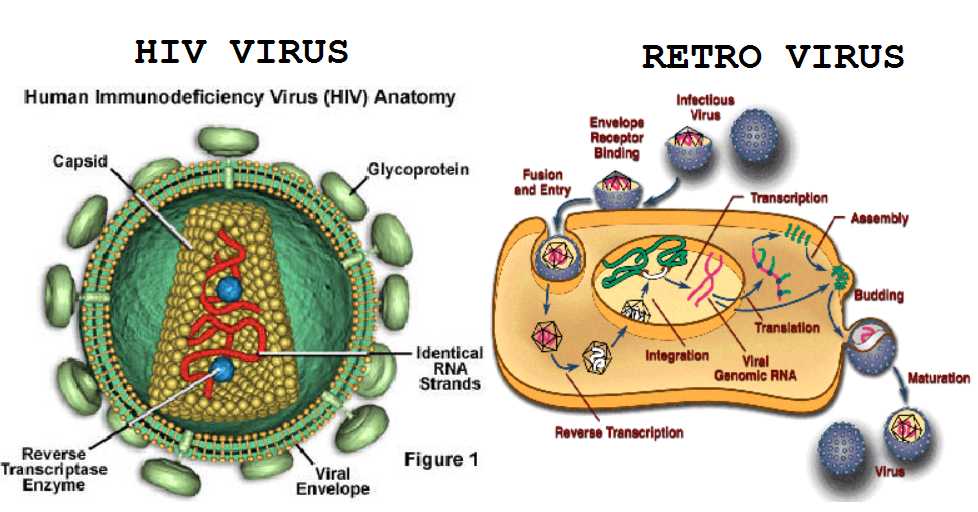Monthly Archives: April 2014
227.HOW DO EYEGLASSES CORRECT VISION?
Just imagine what life was like for millions of people before eyeglasses were invented! If you were near-sighted and you looked up at night you couldn’t see the stars. You couldn’t see clouds or distant mountains, or birds flying through the air.
Today near-sighted people can see as much as people with normal eyes, because eyeglasses can correct their vision. To begin very simply, we can see because light enters our eye and falls on the retina in the eye, which is like the sensitized plate of a camera. Obviously, if the light falls in back of the retina or in front of it, we won’t be able to see. So the eye has a lens to focus the light and make it fall in the right place.
226.CAN A VIRUS BE SEEN?
A virus is the smallest organism that produces disease. It cannot be seen directly by the ordinary microscope. But this doesn’t mean that science hasn’t been able to study the structure of a virus. Today there these tiny organisms to become visible. And science is able to know quite a bit about the sizes and shapes of various types of viruses by means of the electron microscope.
225.WHY IS SUNSHINE HEALTHFUL?
Everybody has a kind of instinctive feeling that being in the sunshine is good for us. But did you know that there are specific scientific reasons
why this is so? Let’s consider some of the things that happen when we expose our bodies to the rays of the sun.




